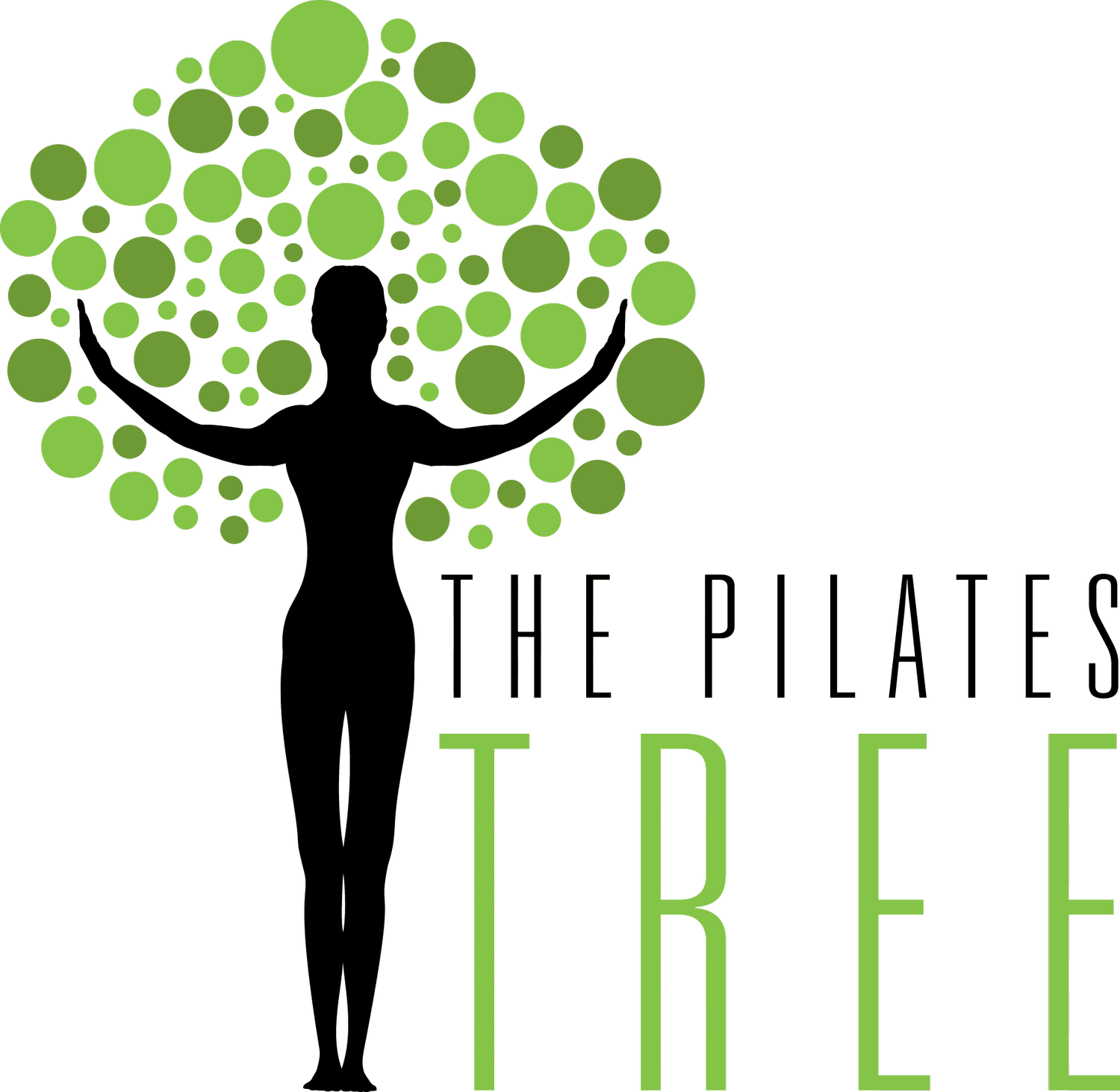Run Your Studio ‘Like Joe Did’ & How to Get There
by Christine Waterman
Joseph Pilates ran his studio very differently from how many Pilates studios are run today. As a student of Joe’s, you would begin by coming to the studio during quieter times so he could spend more time with you. He would show you some exercises and then you were expected to come into the studio on a regular basis and do those exercises to the very best of your ability, again and again and again until you were ready to be given additional exercises. It was about moving the body, strengthening and stretching with control. Was the Pilates perfect? Absolutely not. Did it facilitate changes? You bet! Students were independent. The very definition of being independent is the freedom from outside control; thinking and acting for oneself. With independence comes confidence, empowerment and autonomy. Yes, you have to think but that is the MIND in the mind-body connection we all strive for.
Compare and contrast that to most Pilates studios today, and you get a very different image. Clients come in at the same time, do exactly the same exercises, instructors explain each step; what comes next, how to set it up, even what the client should be feeling. This scenario creates complete dependency on the teacher. Joe wanted us to learn Pilates, to take Pilates out into the world. How is one expected to do this if they are not independent?
So how do you transition a Pilates studio from a teacher-led approach to one that fosters independence in students and emphasizes self-practice and mastery of exercises over time?
For this scenario to work well, you have to believe in yourself. Continuing to learn through your own practice is paramount and you have to know that this is the right way forward for you and your studio. It will take commitment to see this transition through. Once you have decided this is the right way forward, take it step by step.
Open communication with an honest discussion about what you want to do while explaining the many benefits of working this way is crucial for your students to transition successfully. Some of these benefits include
Moving at a pace fit for them (not their neighbor)
A deeper understanding of the exercises
An increase in their confidence
The ability to self correct
An increase in community within your studio
Opportunity to experience all the apparatus
More changes, faster in their body
2. Start with your long term, trusted students who already have a solid understanding of Pilates or set up a special time for students to come experience and practice their independent workouts.
Ask your students to learn the order of the exercises. Knowing that there is an order and the rationale behind it removes the guesswork and is one less thing your students need to think about which creates a structured learning environment
Put up a chalkboard or poster of the repertoire in your studio so they have something to refer to
Allow them to set up their own equipment and springs and to clean up after themselves
Give them time to think before you instruct them. When we learn a skill, whether it’s how to drive or play an instrument for example, the teacher is not with the student every time they get behind the wheel or sit at the piano. The student has to be given the opportunity to practice
Demonstrate the exercise if necessary. Joe did this a lot for his students at the beginning
Talk less. Teach the most important skill and allow the student to focus on this one thing throughout their workout. This will facilitate changes faster in their body
3. Supporting your students during this transition is important. This is a big change for them and many will be apprehensive (even scared) to take this on. Give a LOT of encouragement, tell them they are more than capable and that they are not being deserted. You and your teachers are still there to support and guide them. If anything, your teaching will be allowed to flourish. They will get just what their body needs and this would make Joe happy!
Remember, the transition may take time, and patience is key. Continuous communication and reinforcement of the benefits will help create a positive environment for both teachers and students.
